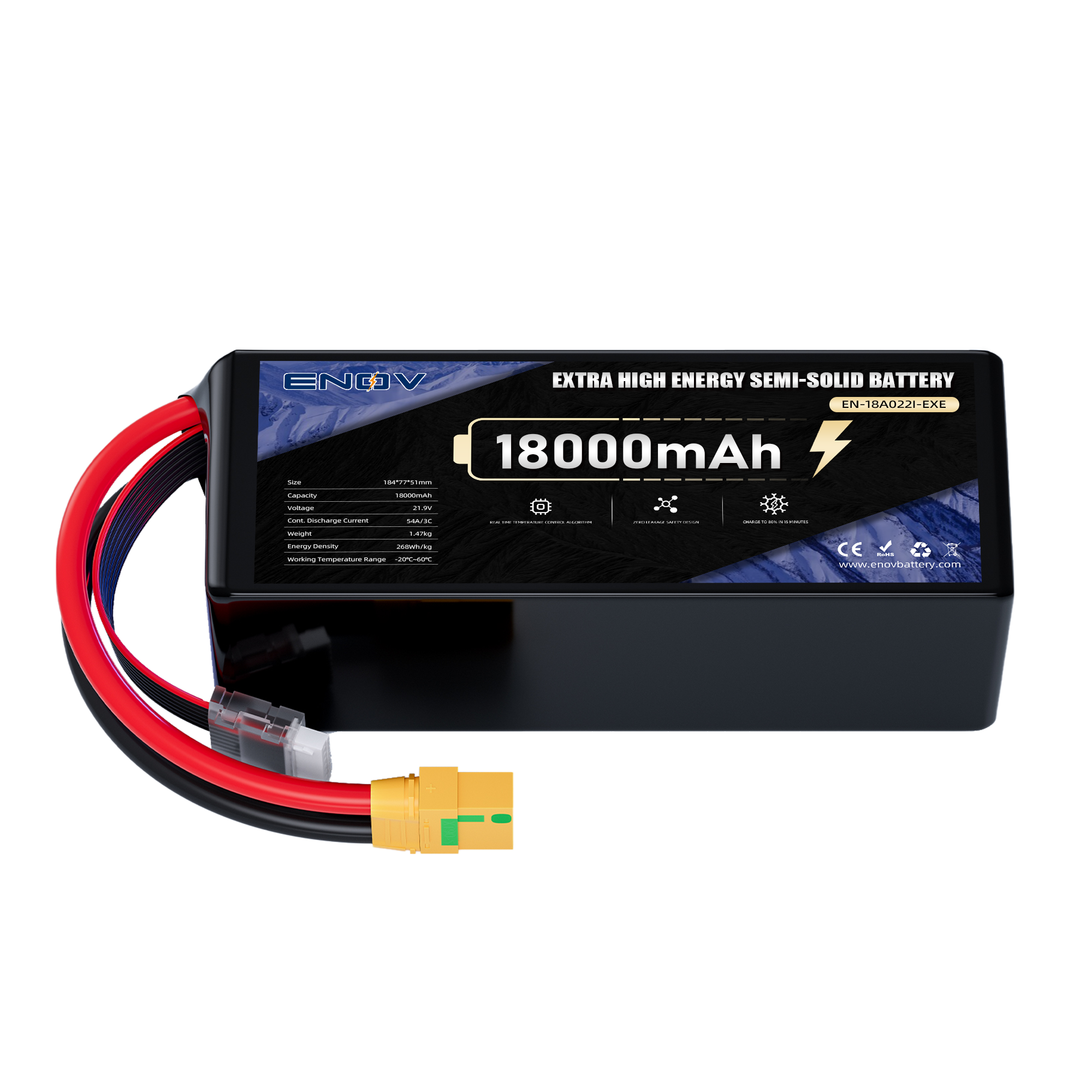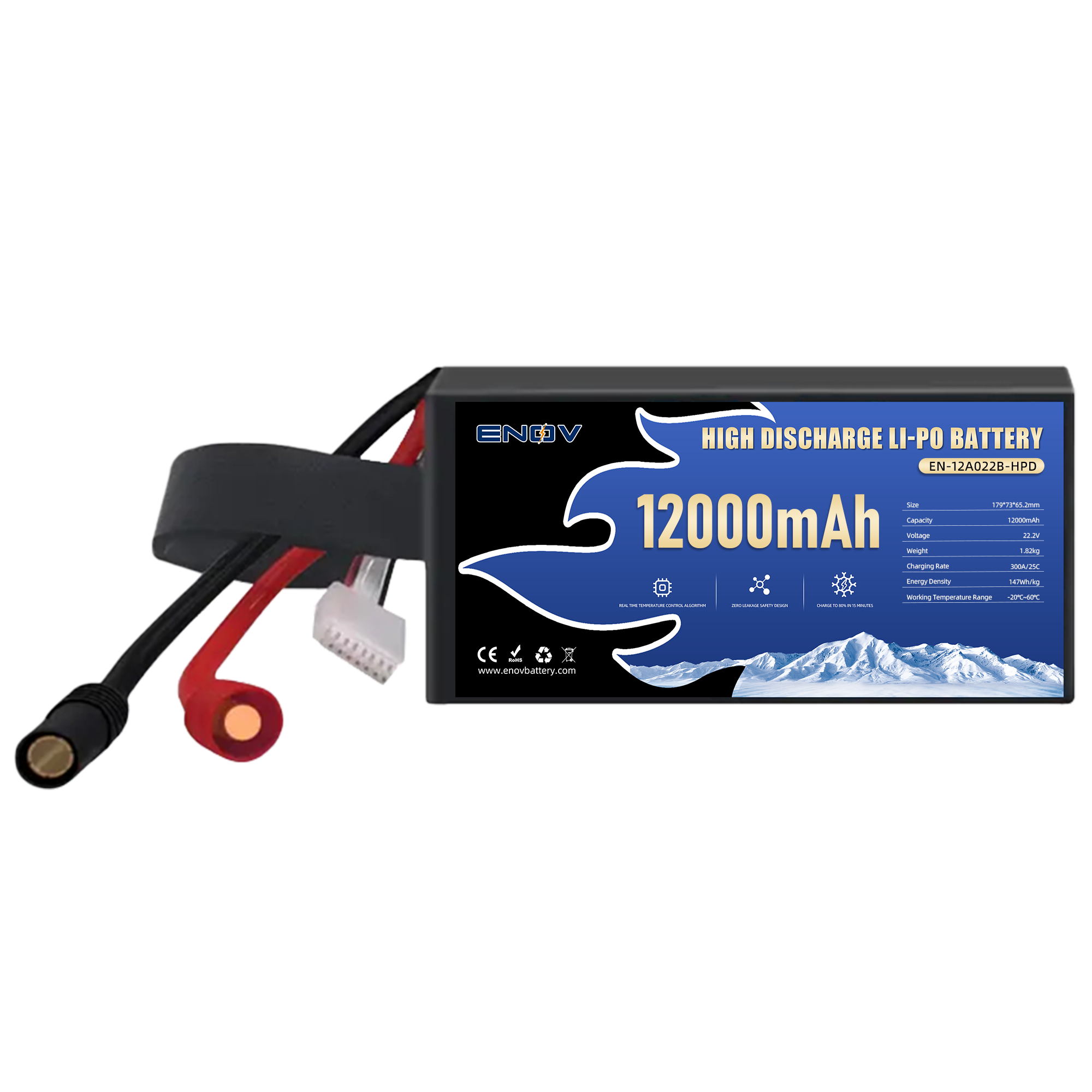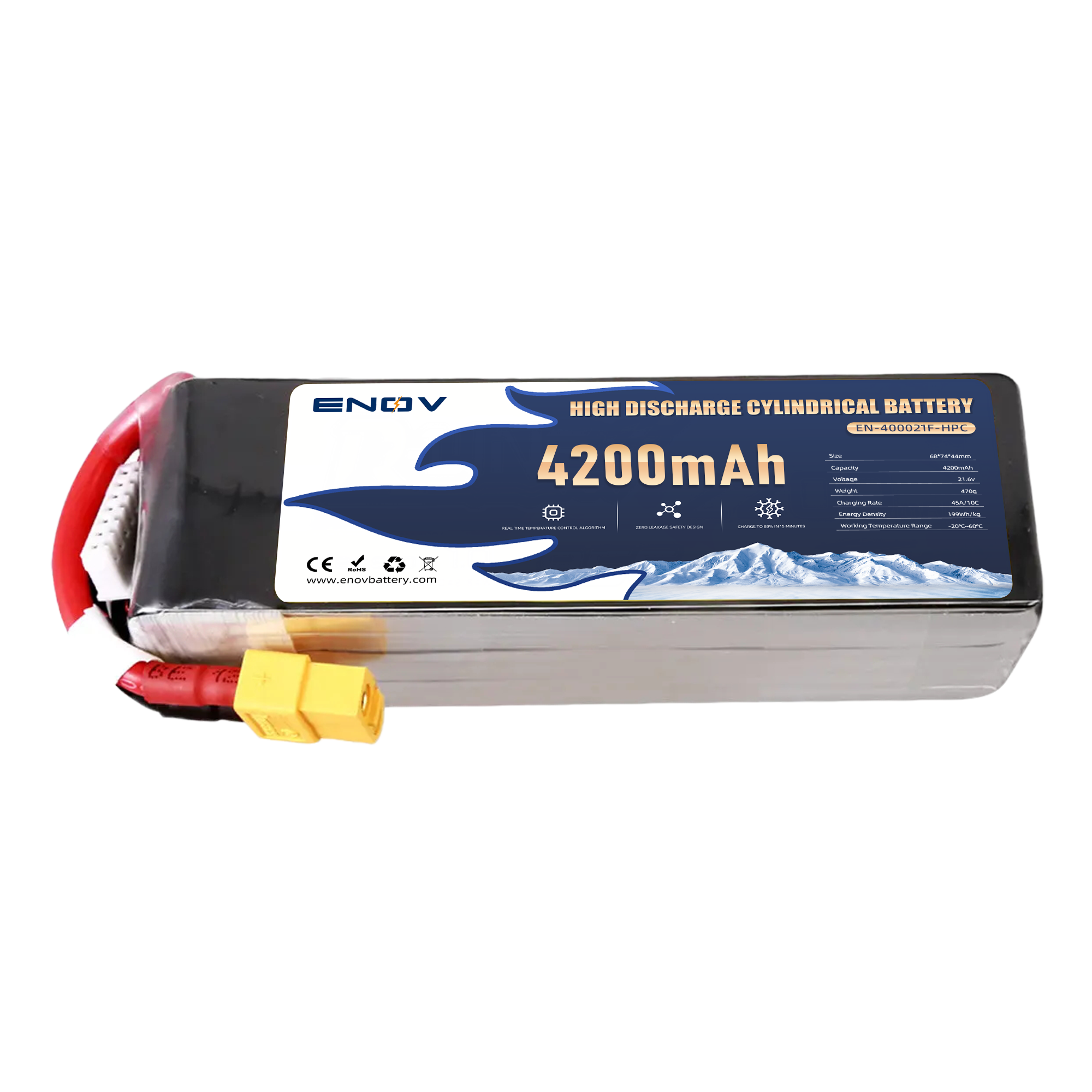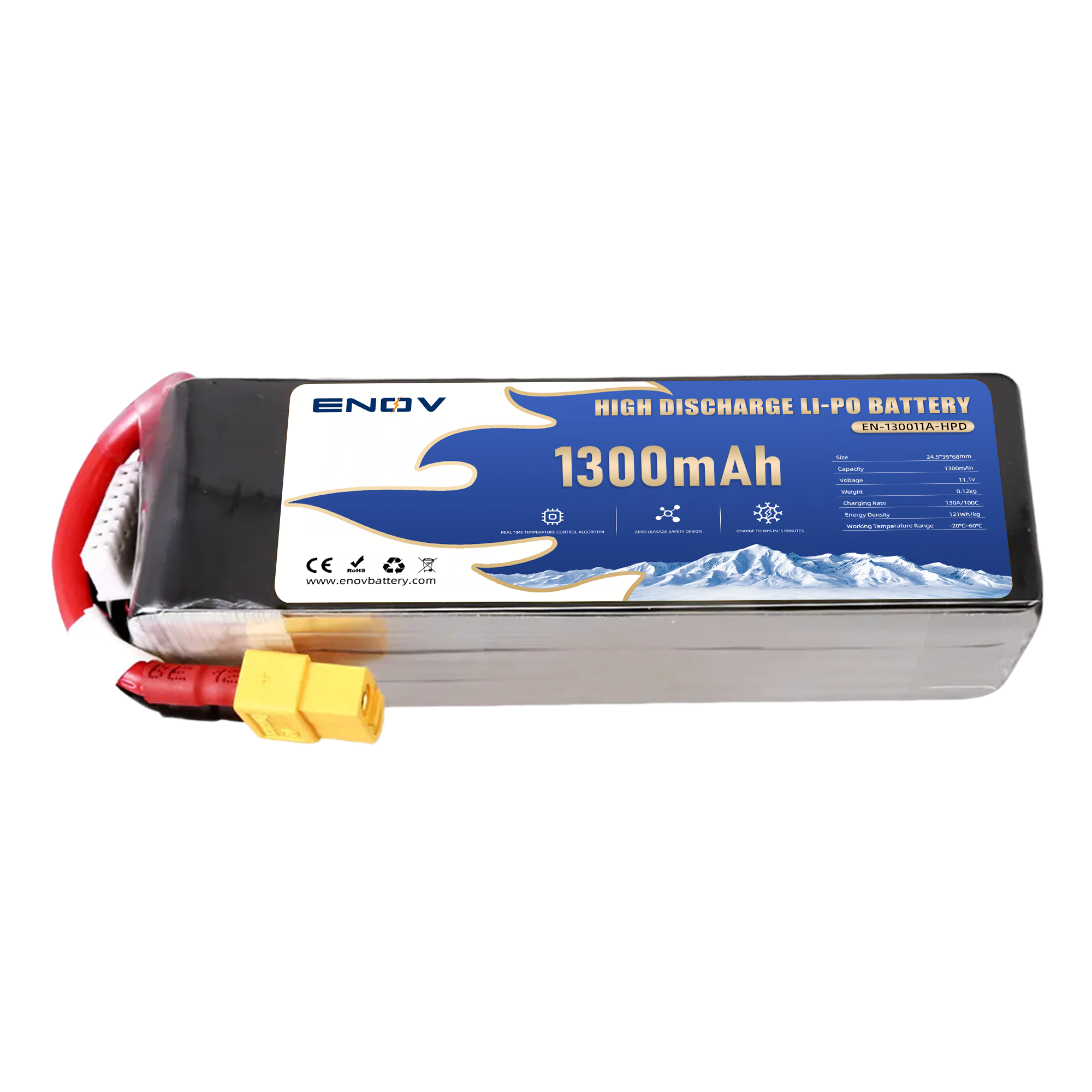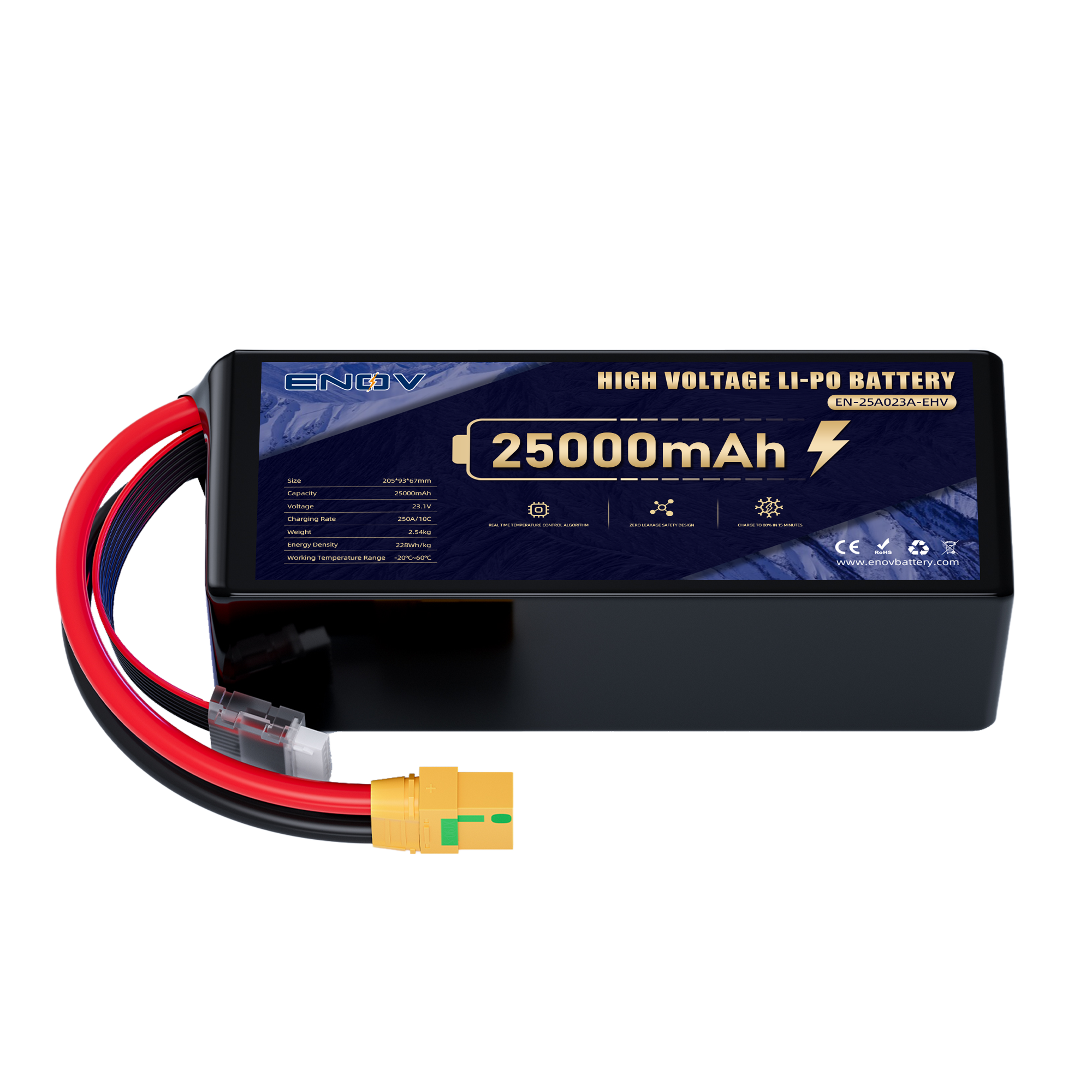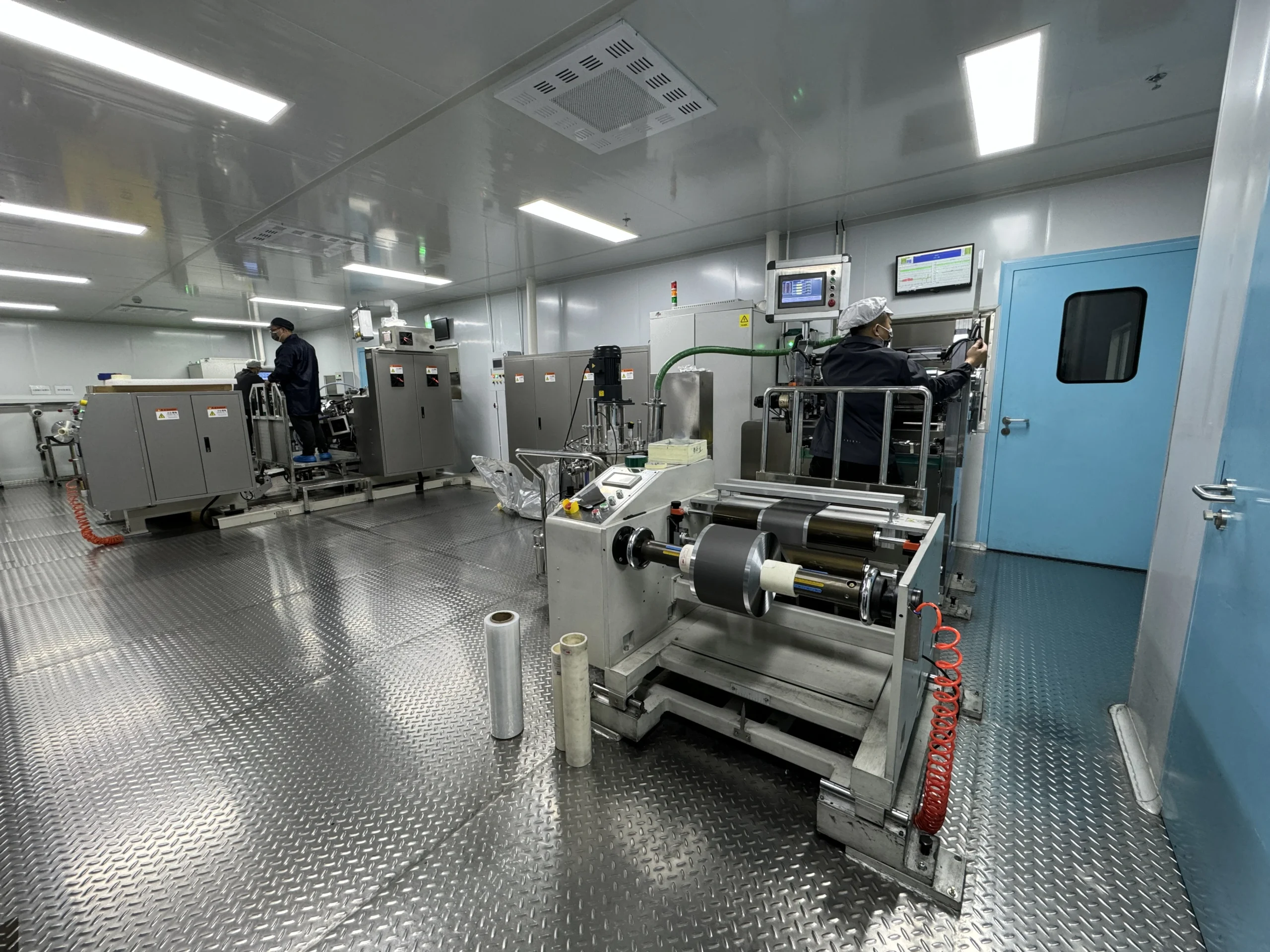Material Selection for Electrode Preparation:
Balancing Energy Density and Stability
Material Selection for Electrode Preparation: Balancing Energy Density and Stability
Material selection for electrode preparation is the cornerstone of developing high-performance energy storage systems. Striking the ideal balance between energy density and stability ensures long-lasting, efficient batteries while addressing critical challenges in modern technology.
This article explores how strategic material choices shape electrode performance and offers actionable insights for optimizing these components.
thrust
Key Factors in Electrode Material Selection
Selecting materials for electrodes requires evaluating three core attributes: conductivity, electrochemical stability, and structural integrity. Conductive materials like graphite or lithium cobalt oxide enhance energy transfer, while stable compounds such as lithium iron phosphate resist degradation. Meanwhile, robust frameworks like silicon composites prevent mechanical failure during charge cycles. Prioritizing these traits ensures a foundation for reliable energy storage.
Balancing Energy Density and Stability
Achieving equilibrium between energy density and stability demands careful trade-offs. High-energy materials like nickel-rich cathodes boost capacity but may compromise thermal safety. Conversely, ultra-stable alternatives often sacrifice energy output. Advanced solutions, such as hybrid coatings or nanostructured designs, mitigate this conflict. For instance, silicon-graphene hybrids increase capacity while buffering volume changes, exemplifying innovation in material engineering.
Optimization Strategies for Longevity
To maximize electrode lifespan, integrate these practical approaches:
1. Composite Materials: Blend conductive polymers with stable ceramics to enhance both conductivity and durability.
2. Surface Modifications: Apply protective layers (e.g., aluminum oxide coatings) to reduce side reactions.
3. Morphology Control: Design porous or hierarchical structures to alleviate stress during ion insertion. These strategies not only prolong battery life but also maintain competitive energy metrics.
Real-World Applications and Innovations
Leading industries increasingly adopt advanced materials to meet diverse demands. Electric vehicles leverage nickel-manganese-cobalt (NMC) cathodes for their balanced energy-stability profile. Meanwhile, grid storage systems favor lithium titanate anodes due to exceptional cycle stability. Emerging trends, like solid-state electrolytes, further redefine material selection paradigms, offering safer, higher-capacity alternatives.
Future Directions in Material Science
Ongoing research focuses on sustainable and scalable solutions. Sodium-ion batteries, for example, utilize abundant materials like hard carbon to reduce costs without sacrificing performance. Similarly, bio-derived polymers and recyclable composites aim to address environmental concerns. By embracing these advancements, industries can achieve greener, more efficient energy storage systems.
Conclusion
Material selection for electrode preparation remains pivotal in advancing battery technology. By harmonizing energy density with stability through innovative materials and designs, engineers unlock new possibilities for durable, high-performance energy storage. As research evolves, strategic material choices will continue to drive progress across renewable energy, transportation, and beyond.
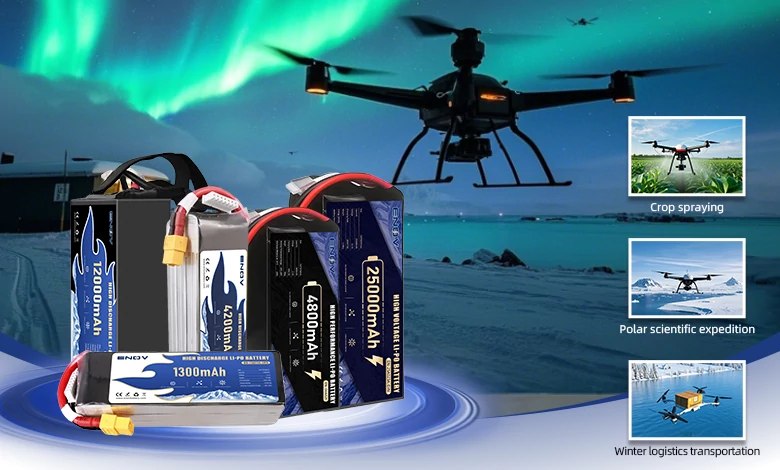
UAV DRONE battery
Enov UAV battery has the most advanced UAV battery new technology, it has a lightweight structural design, ultra-high energy density, stable continuous discharge, customized ultra-high instantaneous discharge, wide temperature working range, stable charge and discharge, battery materials can choose high nickel terpolymer positive/silicon carbon negative material system combined with semi-solid battery technology. Or choose a more mature application of more UAV lithium battery technology, available UAV battery nominal voltage 3.7V, capacity 18.0Ah ~ 30.0Ah, support 10C continuous discharge and 120C pulse discharge (3 seconds). With ultra-high energy density (220-300Wh/kg) as its core advantage, Enov UAV batteries can meet the needs of long-term endurance scenarios such as plant protection drones and transport drones, while maintaining stable emission performance in extremely low temperature environments (-40℃).
Other products
START-STOP LITHIUM BATTERY
LITHIUM ENERGY STORAGE BATTERY
QUICK INQUIRY
FAQ
Access to high frequency technical questions with one click, get accurate answers on product application, after-sales policy and customization process.
Service and Support
Get the latest product specifications, explore professional OEM/ODM customization services, click to open exclusive technical support and production solutions.
Become a Partner
We sincerely invite resources to interconnect, work together for win-win development, and immediately open a new chapter of strategic cooperation!
